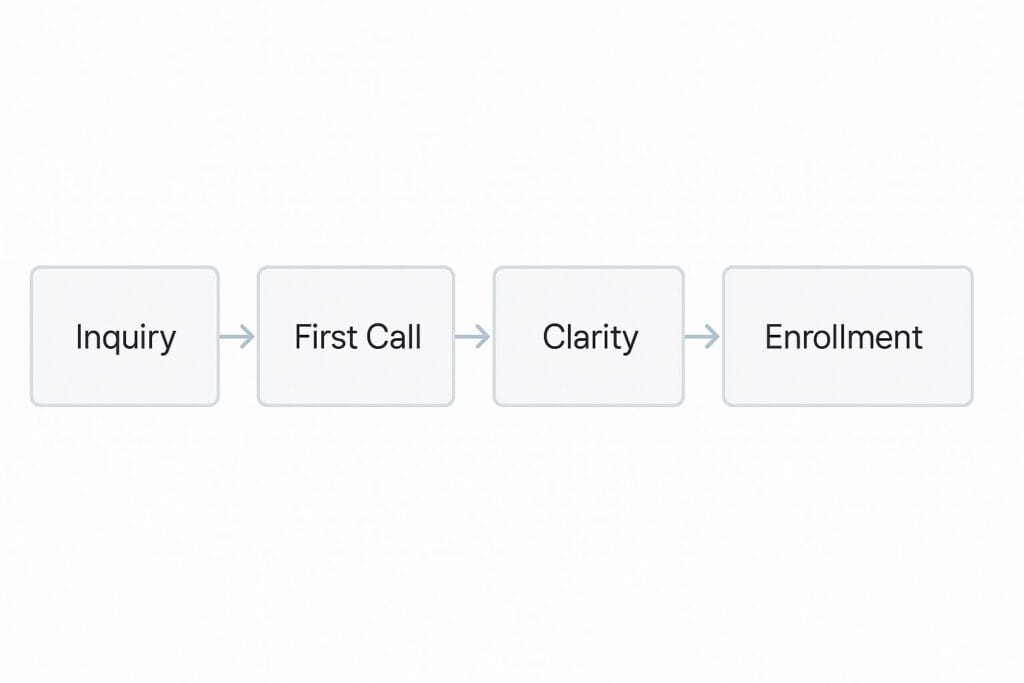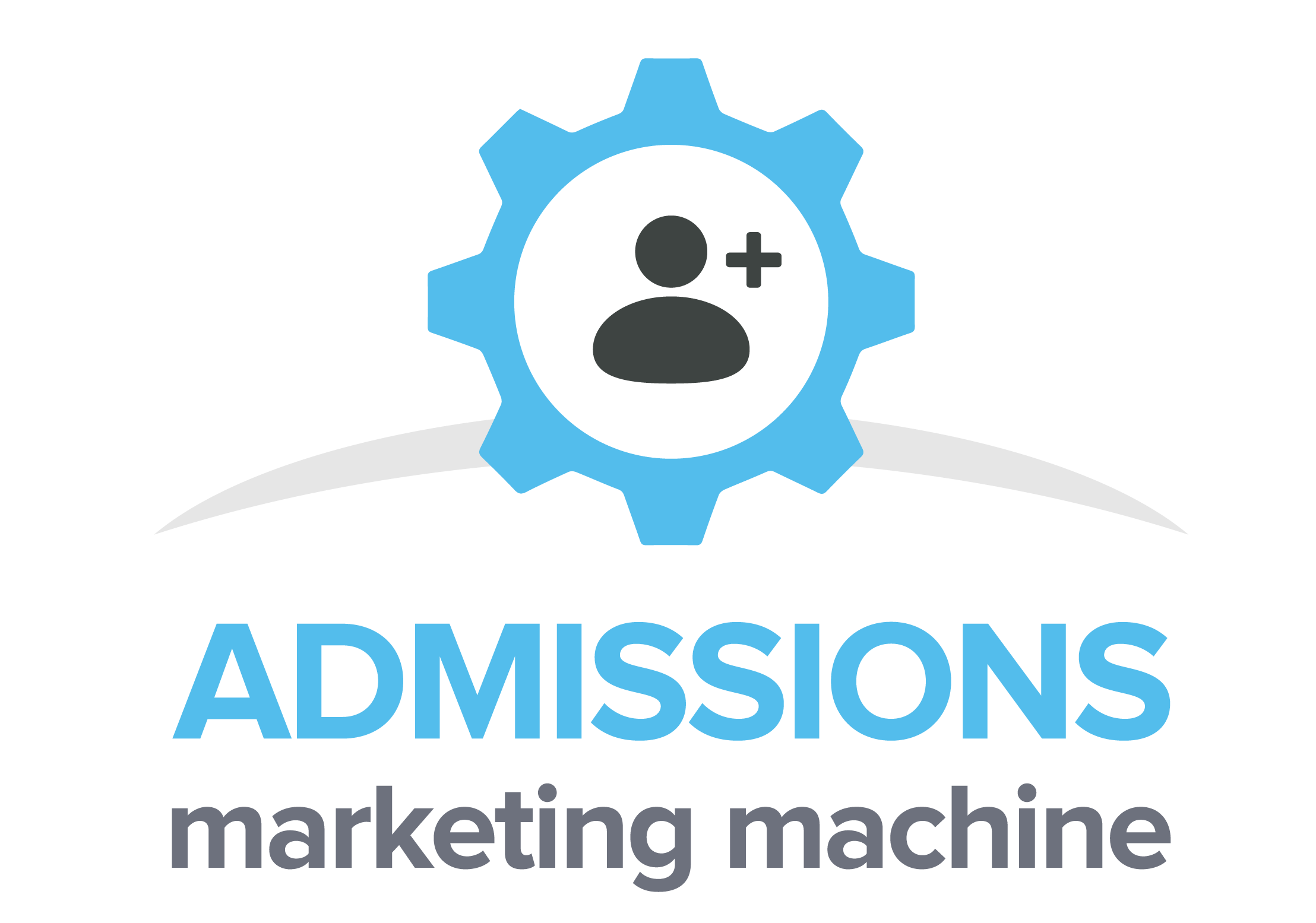Most programs don’t have a traffic problem. They have a conversion problem. Families inquire, talk once, sound interested, and then disappear. It feels random, but it isn’t.
The inquiry → enrollment path breaks when parents don’t feel guided, understood, or safe enough to move forward. Fix that path, and admissions rise even if inquiry volume stays exactly the same.
Why Families Inquire but Don’t Move Forward
Parents are overwhelmed before they ever speak to you. When they finally reach out, they’re looking for clarity—not a pitch. If the first interaction creates pressure or confusion, they back away fast.
- They’re afraid of making the wrong decision.
- They don’t know how to compare programs.
- They feel guilty, ashamed, and overloaded.
- They’re terrified of being judged.
- They’ve been burned before by a different provider.
Parents aren’t comparing your “features.” They’re evaluating how it feels to talk to you.
Conversions rise when every step of the process feels calmer, clearer, and easier to trust.

The Three Conversion Points Where Programs Lose Families
1. The First Call
The first call sets the emotional tone. If it feels rushed, scripted, overly clinical, or defensive, parents withdraw. They’re not listening for expertise—they’re listening for safety.
- Too much talking, not enough listening
- Jumping straight into pricing or policies
- Sounding “salesy” or agenda-driven
- Explaining modalities instead of the path forward
2. The Gap Between Calls
After the first call, most programs go quiet. This is where momentum dies. Parents begin searching again, talking to other programs, and getting overwhelmed.
Conversion hinges on consistent, calm communication—not pressure.
3. Decision Friction
Parents want to make the right call, but the enrollment process often feels complex, vague, or intimidating. Small unclear steps create big hesitation.
- Confusing paperwork
- Unclear timelines
- Mixed messages from staff
- Too many people involved
The Formula for Higher Admissions Conversion
Conversions improve when families can move through the decision with more clarity and less fear. The system that works:
1. Make the first call feel safe
The parent should walk away thinking: “They understand us. They’re not pushing us. I feel calmer.”
2. Create a structured follow-up rhythm
Not hounding. Not chasing. Just consistent checkpoints that keep the parent grounded.
3. Give parents the language to talk to their spouse or family
One parent might be ready—but they have to convince someone else. Give them clear, simple explanations they can take home.
4. Remove friction from the enrollment steps
When the next step is obvious, small fears don’t snowball into paralysis.
Why “Admissions Conversion” Matters More Than More Traffic
Programs chase more visibility thinking it will compensate for weak conversion. It never does.
- Better conversion = higher-quality inquiries.
- Better conversion = fewer wrong-fit families.
- Better conversion = calmer, steadier admissions cycles.
- Better conversion = clearer communication across your team.
If you can’t convert inquiries consistently, more traffic just multiplies the inconsistency.
This is why the foundation matters more than tactics. If you want the bigger picture, start here: Increasing Admissions.
If Families Are Not Moving Forward, It’s Not Random
Conversion problems are predictable—and fixable. Once the inquiry → enrollment path is clear, consistent, and human, parents stop drifting away and start moving forward with confidence.
Get an Admissions Conversion Review
Or read this next: Why Admissions Are Down.












